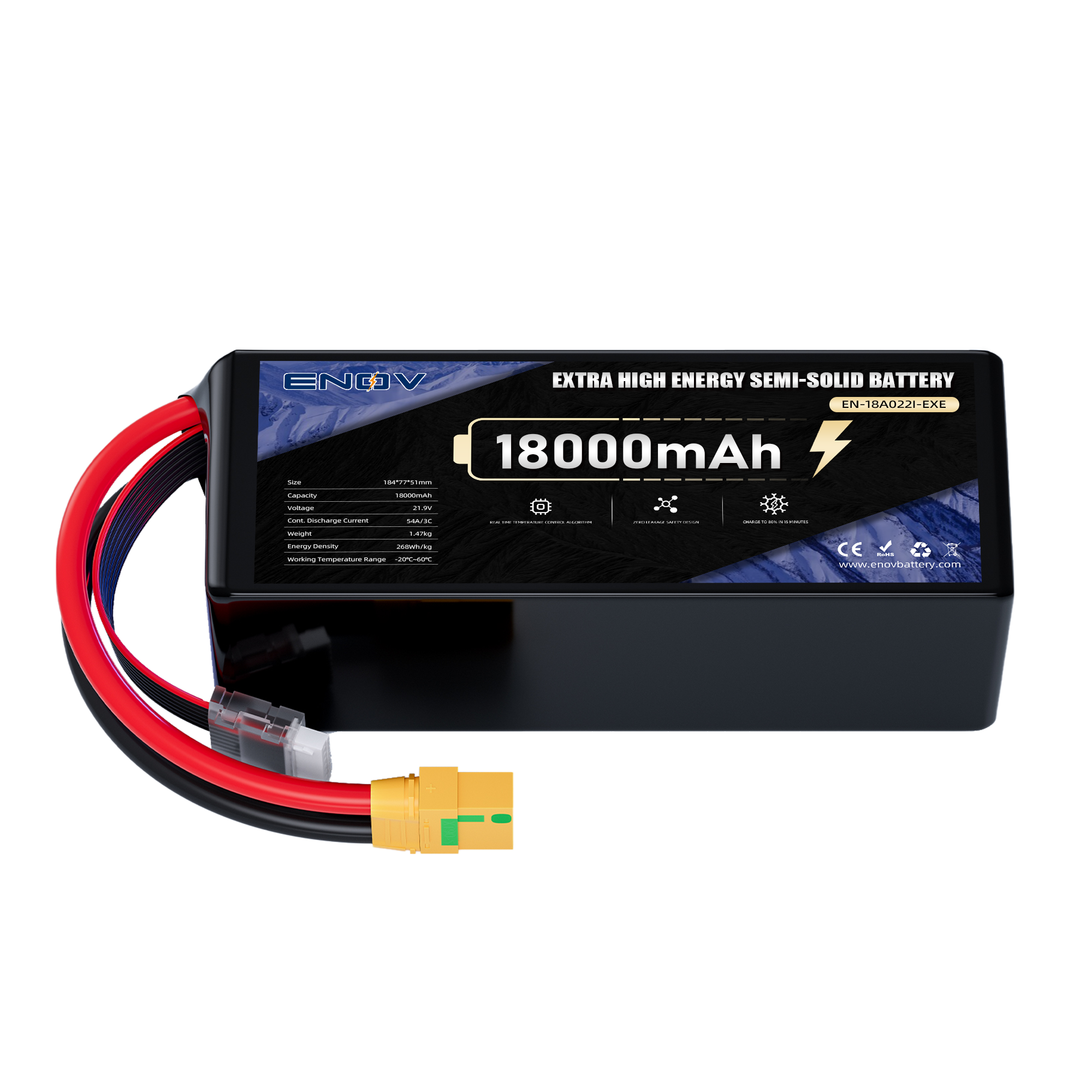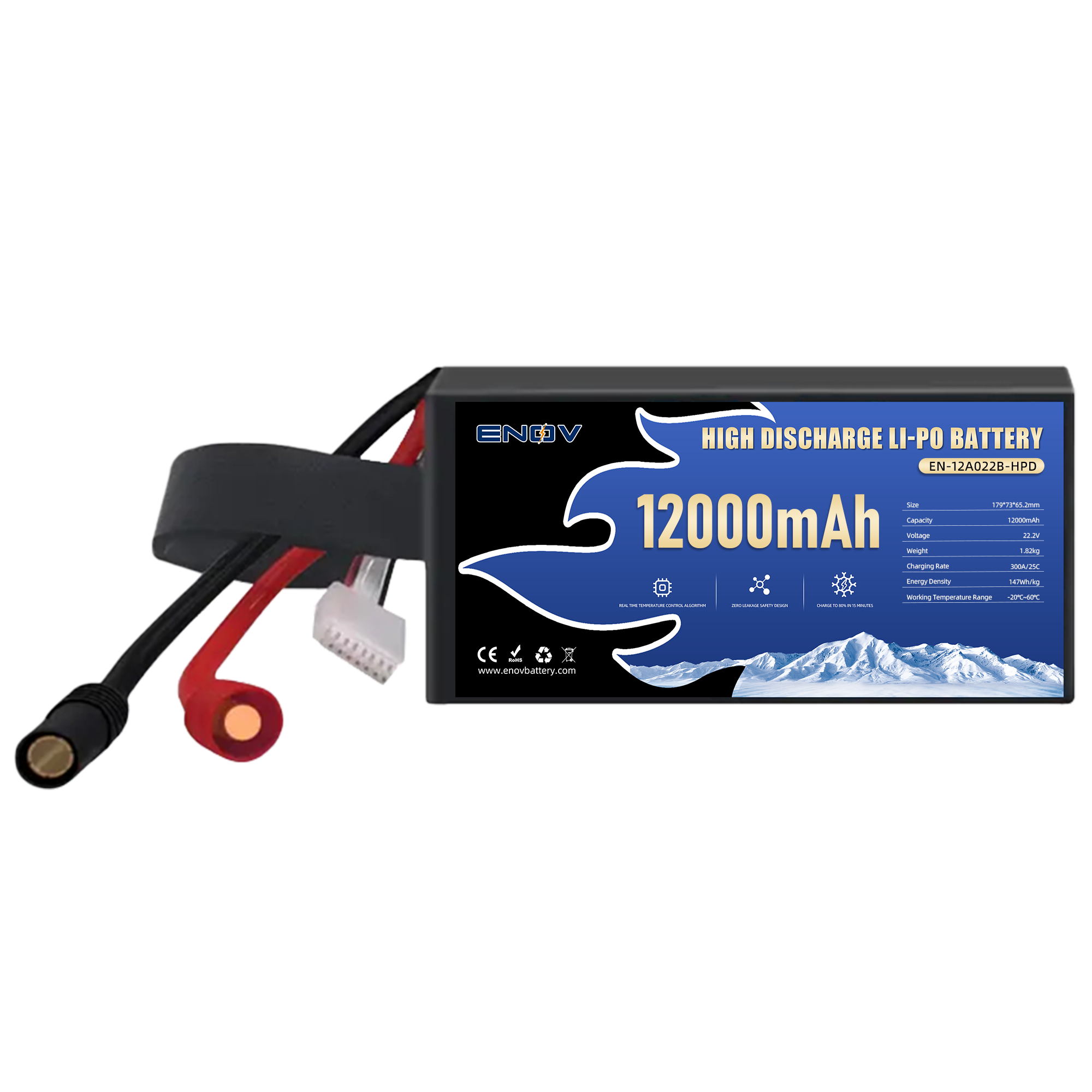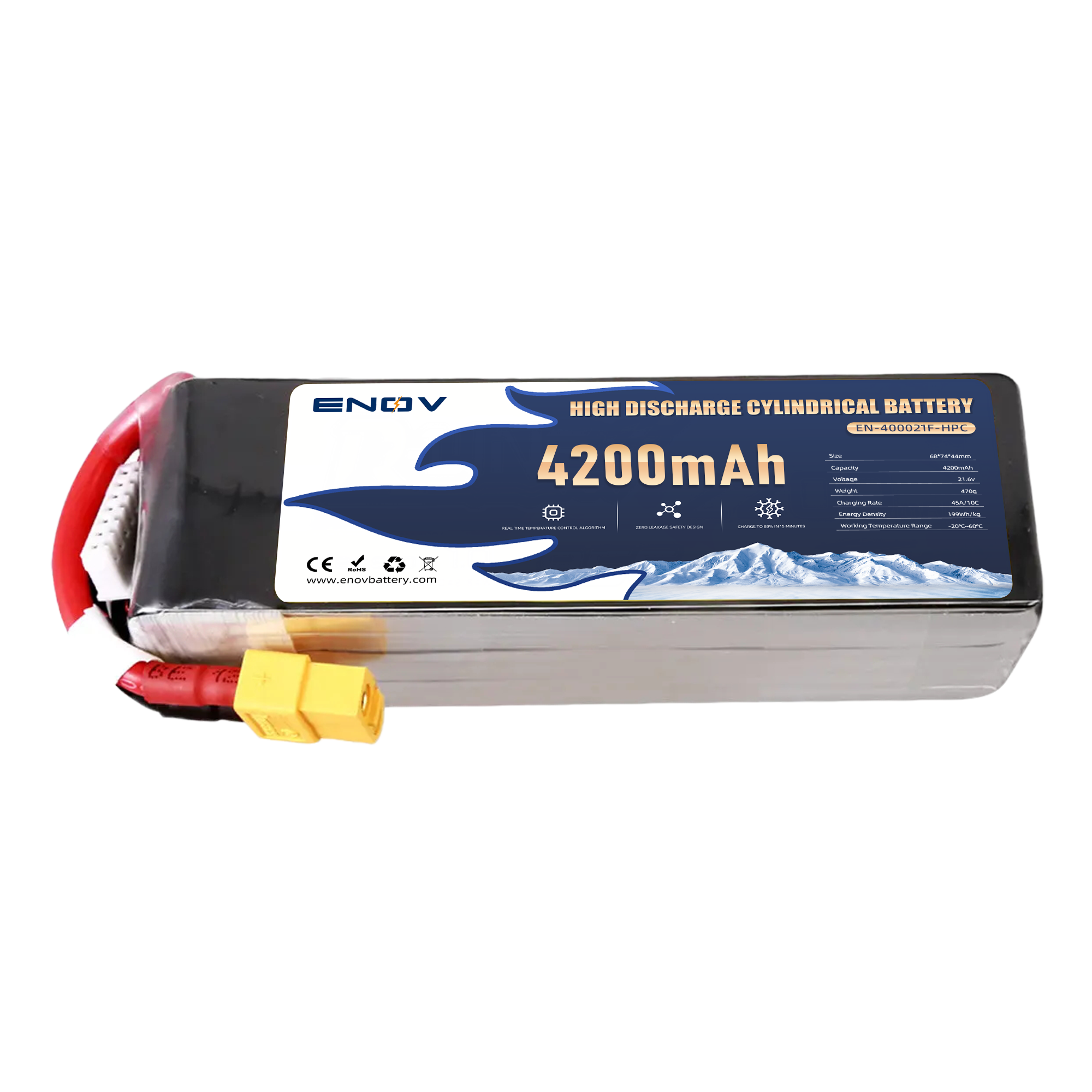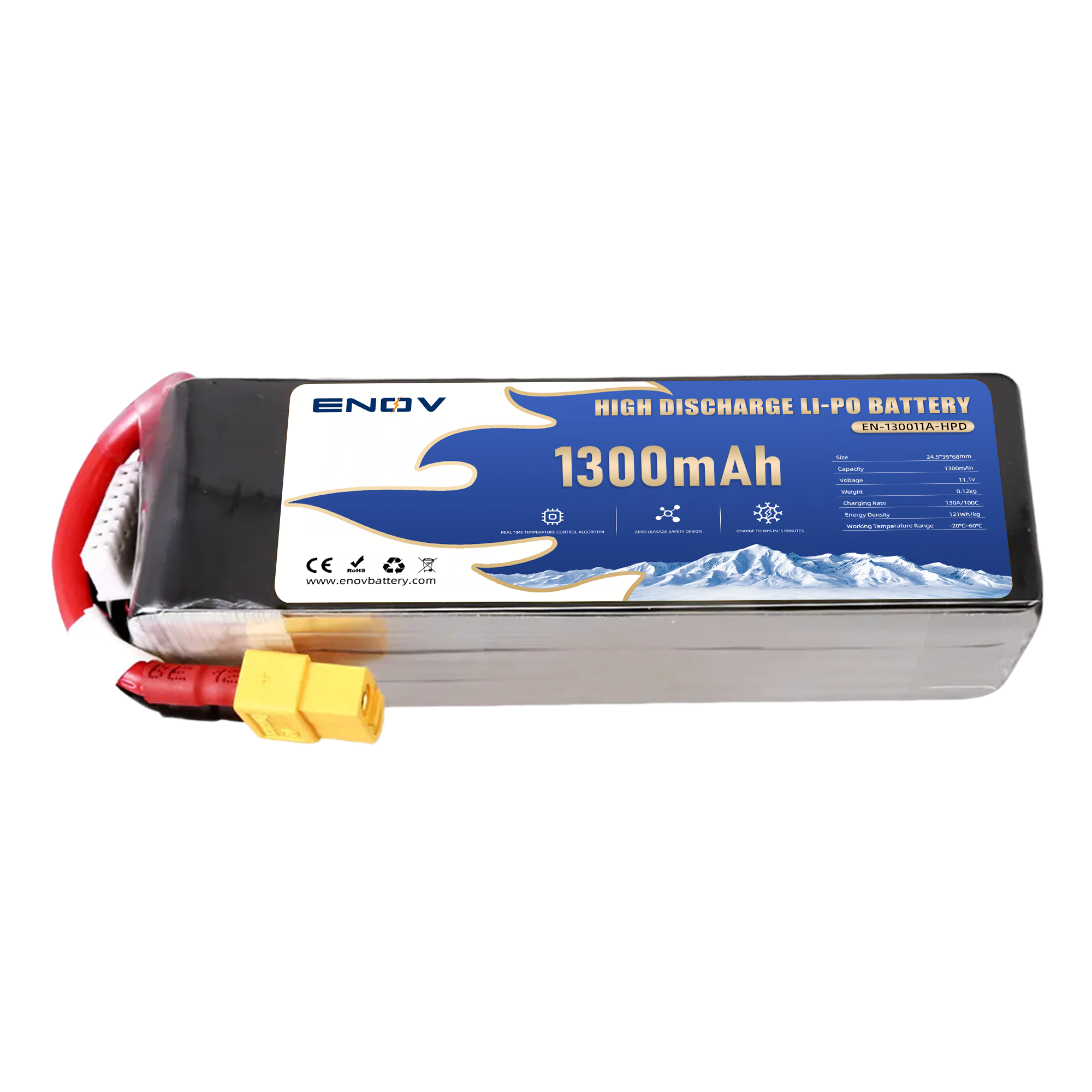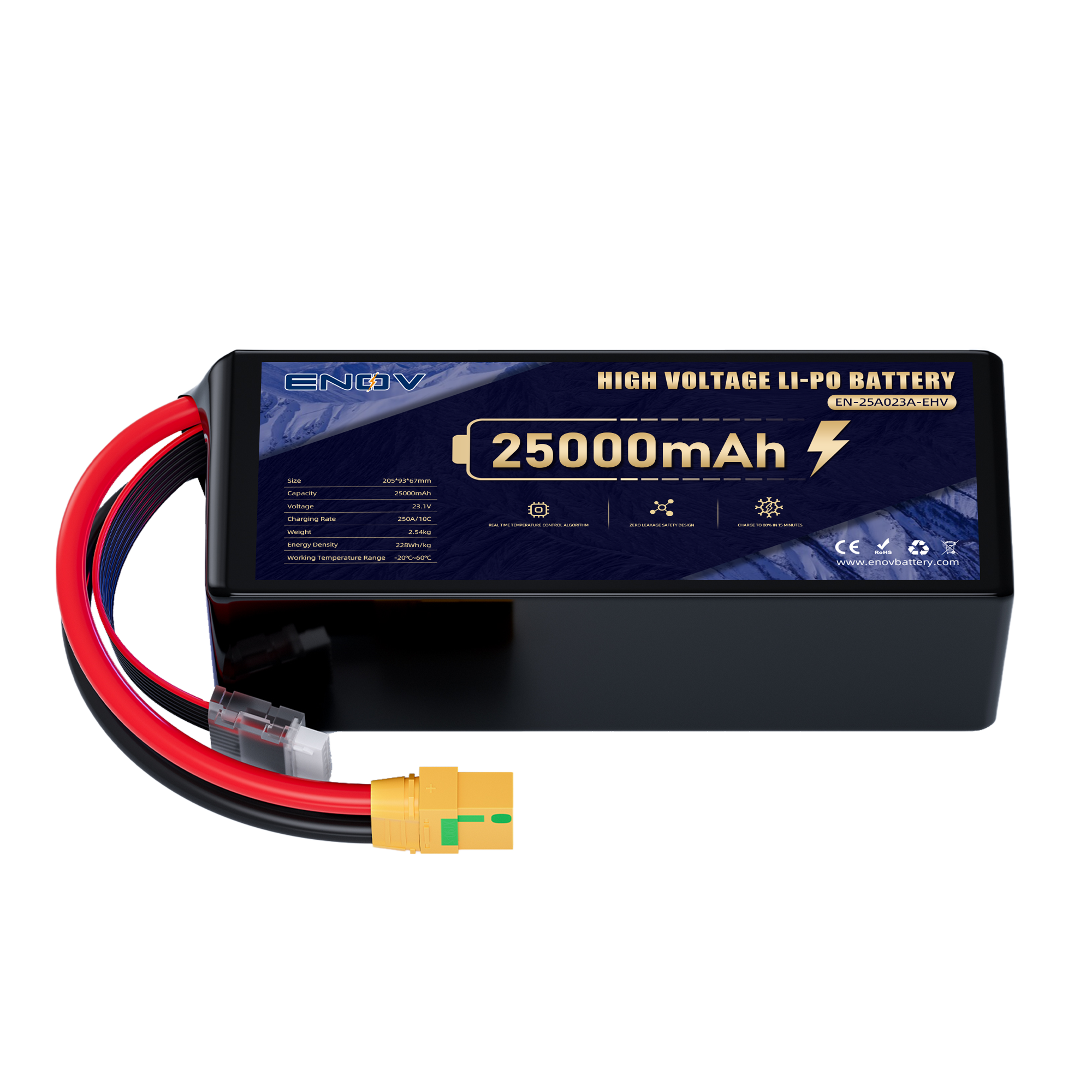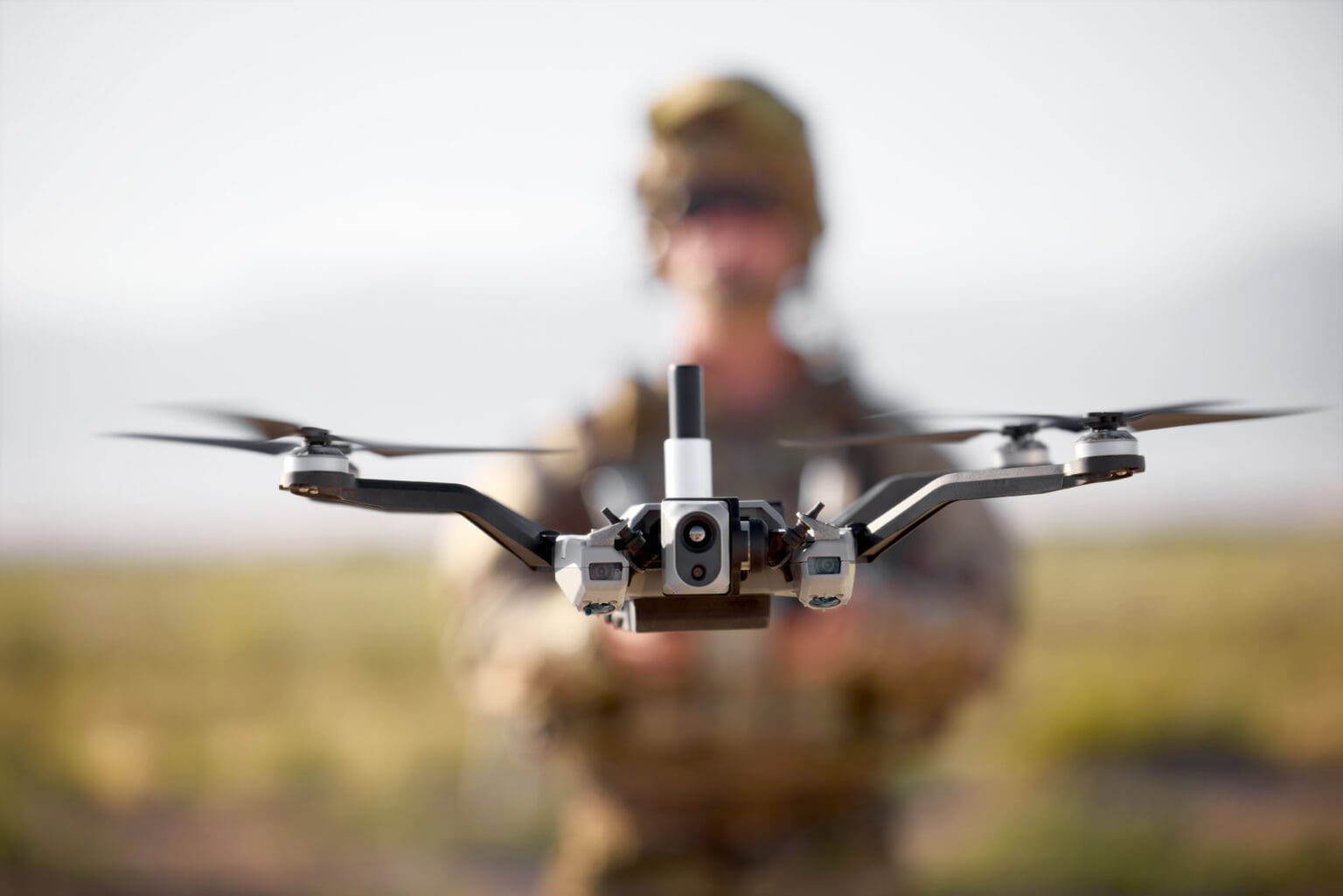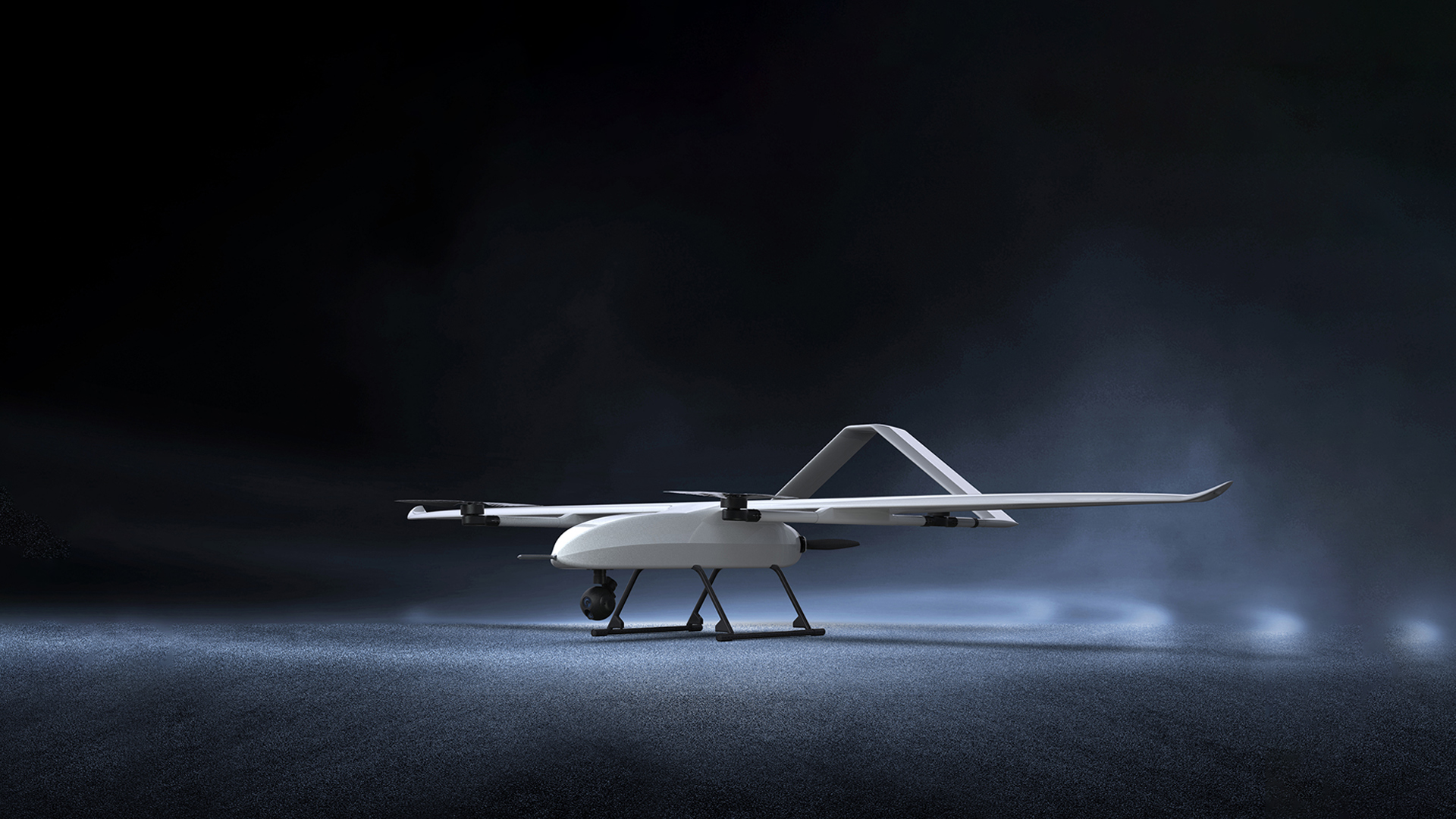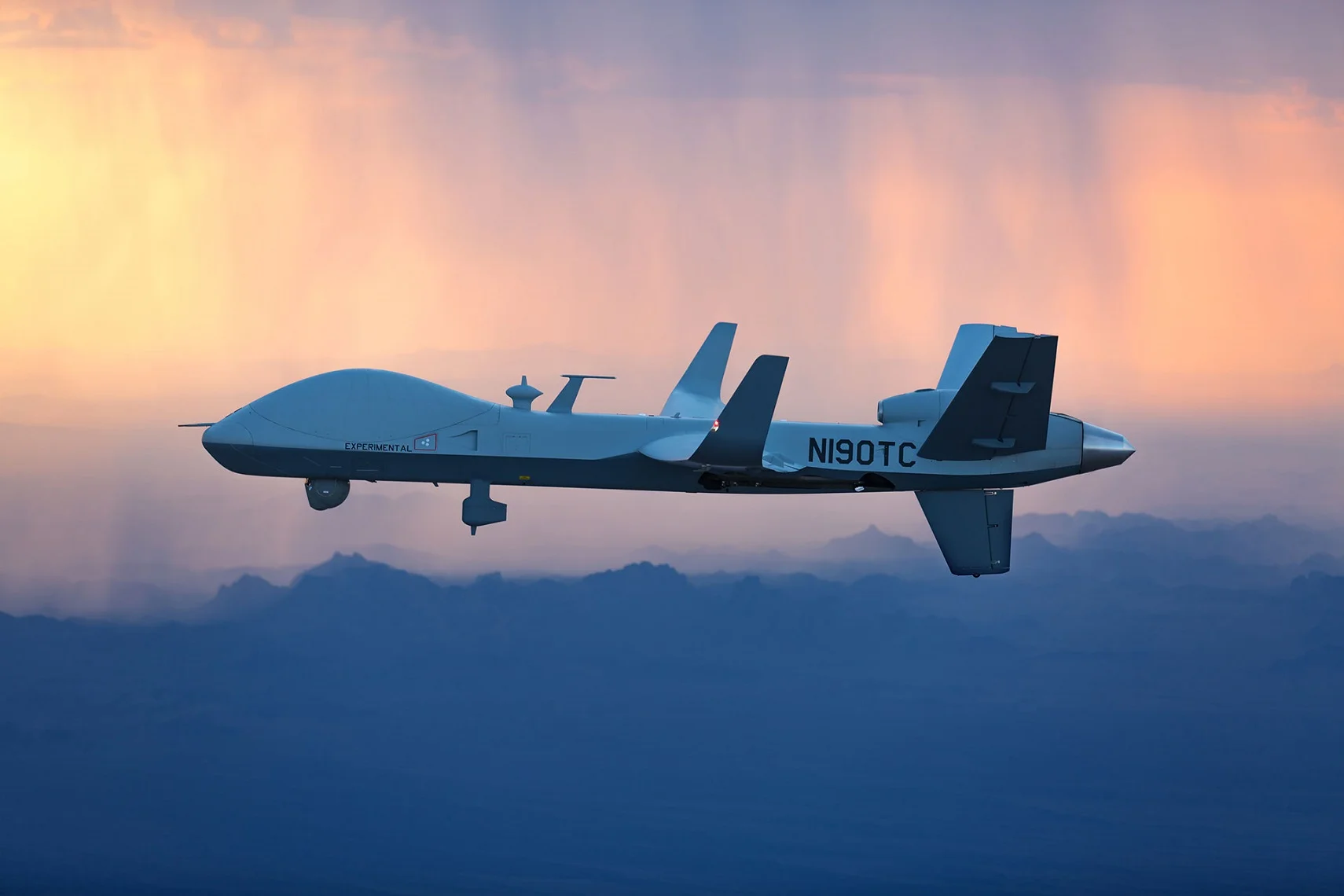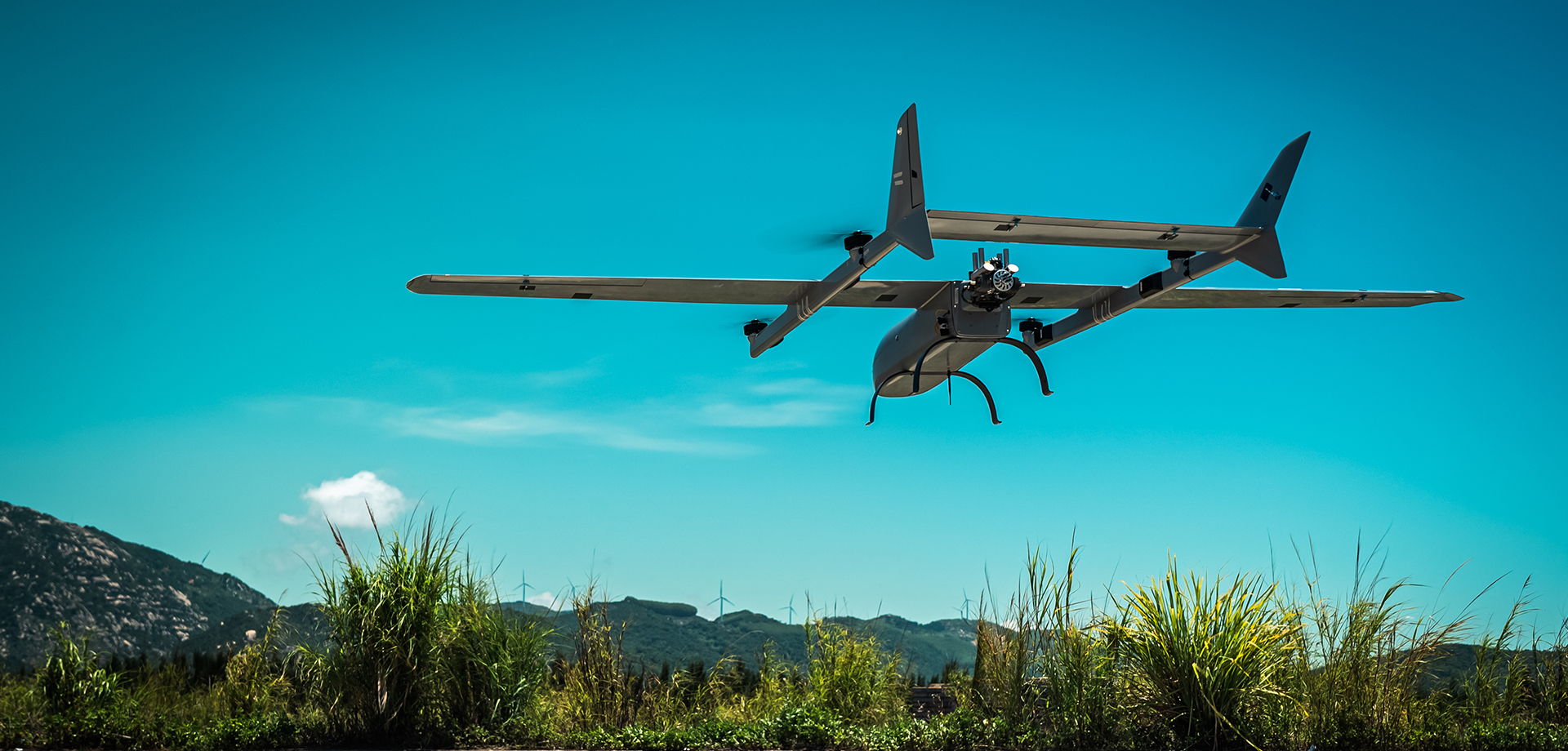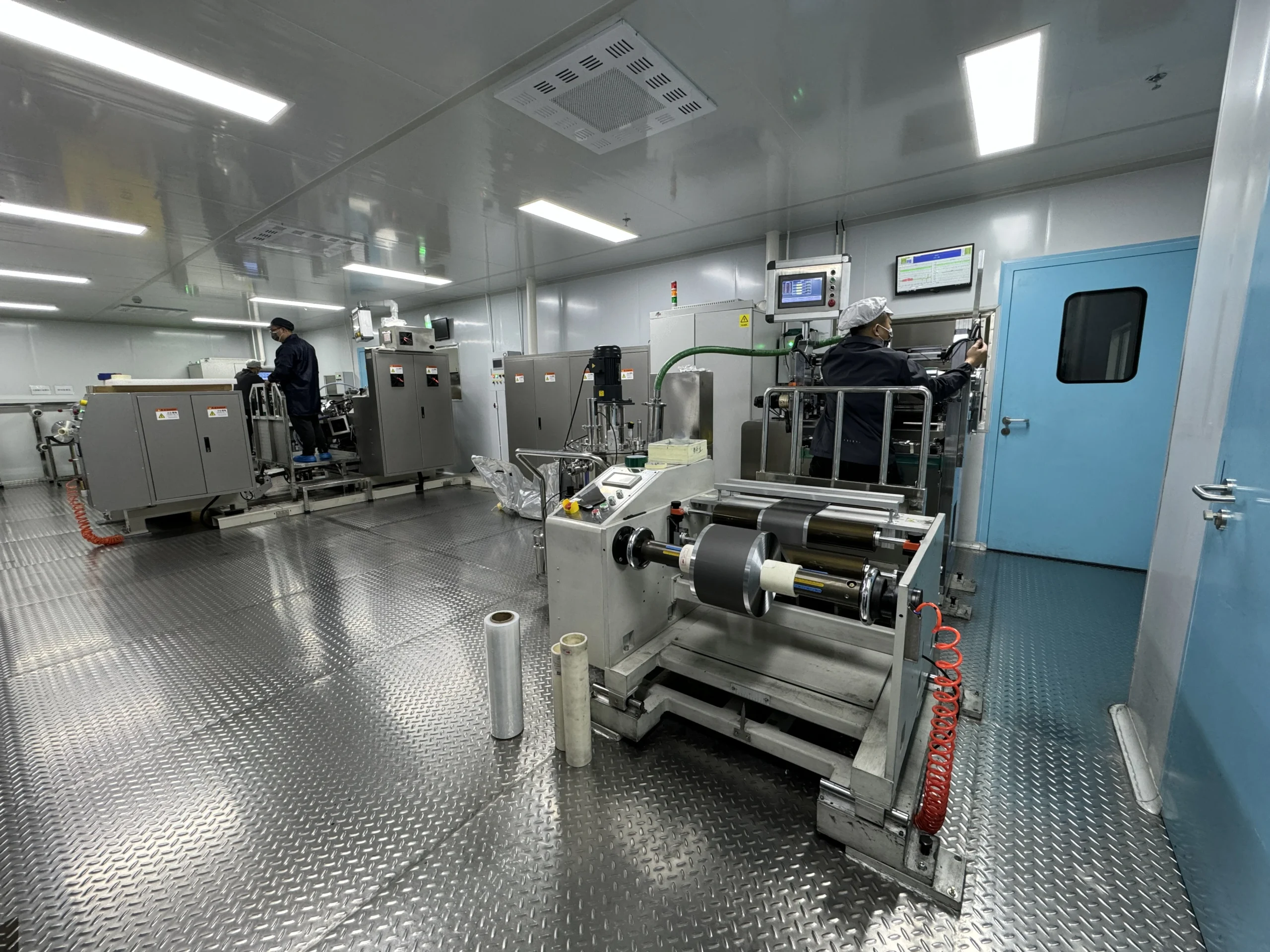Structural Engineering for Extreme Conditions:
Optimized Designs for Maximum Resilience
Structural Engineering for Extreme Conditions: Optimized Designs for Maximum Resilience
Structural engineering for extreme conditions lies at the core of modern industrial innovation, enabling machinery and infrastructure to thrive in the harshest environments—from polar ice caps to scorching deserts.
By integrating material science, modular architecture, and advanced thermal regulation, engineers now craft systems that balance lightweight agility with uncompromising durability. This article explores groundbreaking design strategies, material breakthroughs, and their role in overcoming challenges like thermal stress, mechanical fatigue, and environmental corrosion.
thrust
1. Material Innovations: Strength Through Hybrid Composites
A key innovation in extreme-condition engineering is the use of hybrid composites, which combine materials like carbon fiber, graphene, and silicon alloys. These composites achieve exceptional strength-to-weight ratios while resisting deformation under high stress. For instance, graphene-infused polymers enhance structural integrity by 30% compared to traditional metals, making them ideal for aerospace and drone applications .
Another advancement involves bio-mimetic designs, such as 3D-printed lattice structures inspired by natural cellular patterns. These lattices distribute mechanical loads evenly, reducing fracture risks in high-vibration environments like industrial drones or offshore wind turbines .
2. Modular Architecture: Flexibility in Hostile Terrains
Modern structural engineering prioritizes modularity to adapt to unpredictable conditions. Quick-assembly frameworks, such as interlocking aluminum alloy panels, enable rapid deployment and reconfiguration in disaster relief or military operations. Similarly, self-healing polymers—embedded with microcapsules of repair agents—automatically mend cracks caused by impacts or thermal cycling .
In drone technology, modular battery compartments allow swift replacements during missions, minimizing downtime in extreme weather. These designs often incorporate shock-absorbing mounts to protect sensitive electronics from vibrations common in rugged terrains .
3. Thermal Regulation: Combating Expansion and Contraction
Extreme temperature fluctuations pose significant risks to structural stability. Engineers address this through phase-change materials (PCMs) and directional heat-transfer systems. Paraffin-based PCMs embedded within structures absorb excess heat during operation, preventing warping or thermal runaway . Graphene’s anisotropic thermal conductivity further optimizes heat dissipation. For example, UAV battery enclosures with graphene-lined channels redirect heat away from critical components, maintaining optimal temperatures even during rapid charging cycles .
4. Corrosion Resistance: Durable Coatings for Longevity
Harsh environments accelerate material degradation, particularly in saltwater or acidic atmospheres. Advanced coatings like ceramic nanocomposites and silicon-aluminum laminates provide multi-layered defense against corrosion. These coatings not only repel moisture but also self-clean through hydrophobic surfaces, reducing maintenance needs in offshore or desert installations . Electrolyte-resistant alloys, such as gallium-indium liquid metals, further enhance durability. Their flexibility accommodates structural expansion during thermal shifts without compromising sealing integrity—a critical feature for renewable energy storage systems in volatile climates .
5. Sustainability-Driven Engineering: Lightweight and Recyclable
The push for eco-conscious design has spurred innovations like bio-based polymers and recyclable magnesium alloys. Plant-derived composites degrade harmlessly post-use, aligning with circular economy goals, while ultra-lightweight alloys reduce energy consumption in transportation and logistics .
Additionally, 3D-printed structures minimize material waste during production. For instance, topology-optimized drone frames use 40% less raw material without sacrificing load-bearing capacity, showcasing the synergy between efficiency and sustainability
Conclusion
From self-healing polymers to graphene-enhanced thermal systems, structural engineering for extreme conditions is redefining resilience across industries. These innovations not only extend equipment lifespans but also unlock new possibilities in sectors like deep-sea exploration, Arctic infrastructure, and space technology. As global challenges demand tougher solutions, advanced engineering will remain pivotal in bridging human ambition with environmental realities.
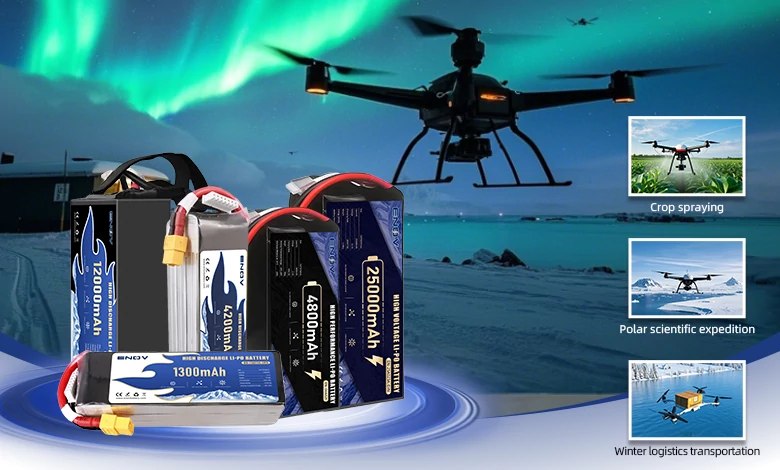
UAV DRONE battery
Enov UAV battery has the most advanced UAV battery new technology, it has a lightweight structural design, ultra-high energy density, stable continuous discharge, customized ultra-high instantaneous discharge, wide temperature working range, stable charge and discharge, battery materials can choose high nickel terpolymer positive/silicon carbon negative material system combined with semi-solid battery technology. Or choose a more mature application of more UAV lithium battery technology, available UAV battery nominal voltage 3.7V, capacity 18.0Ah ~ 30.0Ah, support 10C continuous discharge and 120C pulse discharge (3 seconds). With ultra-high energy density (220-300Wh/kg) as its core advantage, Enov UAV batteries can meet the needs of long-term endurance scenarios such as plant protection drones and transport drones, while maintaining stable emission performance in extremely low temperature environments (-40℃).
Other products
START-STOP LITHIUM BATTERY
LITHIUM ENERGY STORAGE BATTERY
QUICK INQUIRY
FAQ
Access to high frequency technical questions with one click, get accurate answers on product application, after-sales policy and customization process.
Service and Support
Get the latest product specifications, explore professional OEM/ODM customization services, click to open exclusive technical support and production solutions.
Become a Partner
We sincerely invite resources to interconnect, work together for win-win development, and immediately open a new chapter of strategic cooperation!
